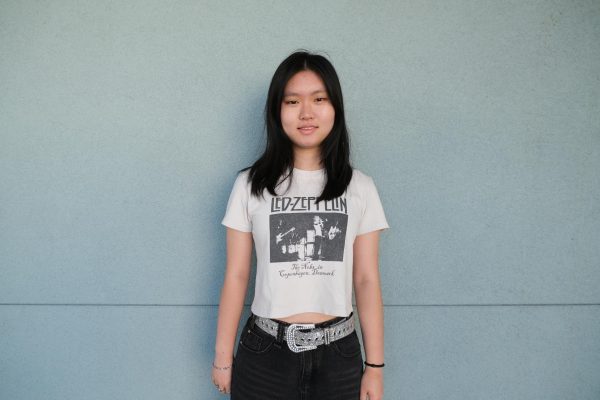Categories:
Down the recall tube: Childhood snacks, objects embody students’ core memories
September 26, 2024

Donate to The Oracle
$1900
$1000
Contributed
Our Goal
Your donation will support the student journalists of Henry M. Gunn High School. Your contribution will allow us to purchase equipment and cover our annual website hosting costs.
About the Contributors

Yael Gottesman, Lifestyle Editor
Junior Yael Gottesman is a lifestyle editor for The Oracle. She is often found drinking too many strawberry lemonades or volunteering at the bookstore in Town and Country.

Vanisha Vig, Features & Online Editor
Junior Vanisha Vig is a features and online editor for The Oracle. She enjoys long bike rides, collecting random objects and re-reading the same three books all year long.

Ya-An Xue, Features & Online Editor
Junior Ya-An Xue is a features and online editor for The Oracle. During her free time, she enjoys hiking, reading literary fiction and playing with her pet chicken.
Naomi Wang, Photos Editor
Senior Naomi Wang is the photos editor on The Oracle and has been on staff since 2021. During her free time, she enjoys taking film photography, singing karaoke, and eating Greek salad.

Elise Hu, Graphics Artist
Senior Elise Hu is a graphics artist for The Oracle. In her free time, she likes to listen to music, draw and bake.






